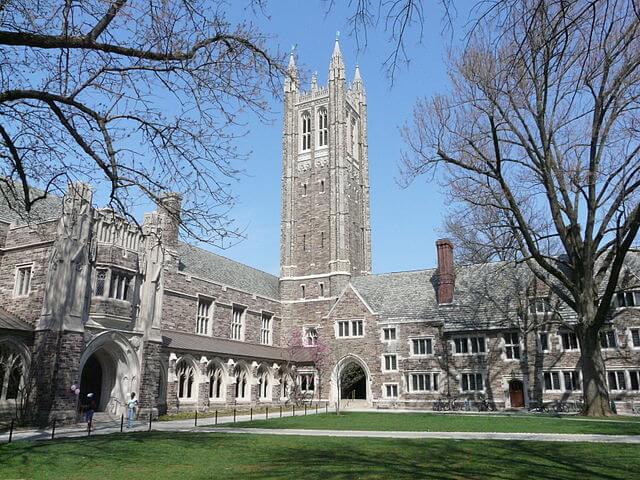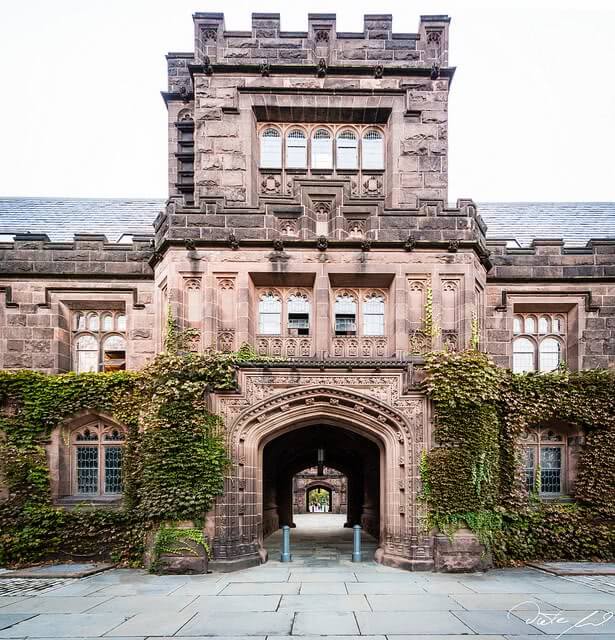With top-notch faculty, robust academic programs, and overall outstanding facilities, Ivy League schools have an earned enviable reputation as being among the best across the country. If you’ve set your sights on attending one of these prestigious schools, the first thing you should be aware of are the Ivy League admission rates.
Do Ivy League Admission Rates Matter?
A look at Ivy League admission rates will give you a pretty good idea of how difficult it may be to get into that particular school. These institutions receive thousands of applications every year from students around the world. Almost all of these applications will be from students who are all-around high achievers.
Each school’s admissions panel goes through every application they receive, shortlisting only the best of the best. For a student to make the cut, their application must stand out from the others in a way that it catches the assessor’s attention. In the end, only a few, anywhere from 3% to 7.5% make the cut. Yes, that’s the range between which all Ivy admission rates currently fall.
If that sounds low, the truth is Ivy League admission rates can be even lower. The most selective schools in this country are actually even more difficult to get into than you previously thought. The admission rates published by most Ivy League schools can be misleading.
We’ve broken down the Ivy League admissions rates below to explain what we mean. First, here’s a look at the published acceptance rates for the current freshman classes at each school in the Ivy League:
| Ivy League School | Current National Ranking | Acceptance Rate |
|---|---|---|
| Harvard | #1 | 3% |
| Columbia | #8 | 4% |
| Yale | #4 | 5% |
| Brown | #10 | 5.1% |
| Princeton | #2 | 6% |
| Dartmouth | #15 | 6.5% |
| University of Pennsylvania | #9 | 7% |
| Cornell | #20 | 7.5% |
Inflated Admission Rates
These already daunting numbers are likely actually inflated.
Yes–that’s right–for the majority of Americans, it may actually be more difficult to get into these schools than the numbers may indicate, and that’s because of who else is counted in these meager admission statistics.

“Special” Populations Can Skew the Numbers
It’s a well-known fact that talented athletes, world-renowned prodigies, children of famous politicians, and children of big donors are among those who typically get admitted at a higher rate than the average. These select applicants are also counted in the average. When you take out those populations, you’re left with an admit rate that’s even lower than the ones listed above.
Each of these schools gets their fair share of special populations whose admission rates are actually higher than the numbers listed above thus making the numbers for the rest of the population even lower.
Take, for example, famous sons and daughters. Children of powerful politicians and celebrities are often seen touring the campuses of a number of the Ivies, among others. A recent study by Chetty, Deming, and Friedman shows that students from families of the wealthiest 1% are more than twice as likely to attend an Ivy League school. This does not take anything away from the student, many of whom work hard on their academic preparation.
Still, more often than not, these students are assessed differently. They may only need to meet or come close to meeting the school’s admission standard to get accepted. On the other hand, all other applications are expected to surpass that same standard to even be considered.
What About College Athletes?
College athletes also are likely to have an acceptance rate that is higher than the overall admit rate average reported by the institution. Each of these schools supports a number of Division One athletic teams for both men and women. These coaches work hard to recruit academically qualified, athletically talented young people because winning team unites a campus and promotes school spirit (and thus more income). As a result, campuses are often willing to give weight to a student’s non-academic talents when considering their application.
Many of these athletes are often “vetted” by the admissions office to see if they’re acceptable before they officially apply. It’s fairly safe to say that the admit rate for the football team, ice hockey team, basketball team, or others are higher than the overall averages stated above.
What Happens If You’re Not an Athlete and Don’t Have Famous Parents?
When it comes to the point in the admissions process to decide on the “other” applications or those that don’t fit into some special population, these students are likely going to balance out the average to arrive at the numbers you see in the chart above.
What does this mean to you? You knew that getting into a top-tier school was difficult, but it’s likely even more difficult than you first thought. If attending an Ivy League school is your top priority, you’ll want to start building your college “resume” early. Get started with these tips.
The great news for students is that there are TONS of great colleges and universities in the United States that have pretty impressive stats. If Ivy League is your dream, go for it! But consider some of these great schools as well;
- Top Hidden Gem Colleges
- Top Colleges for the Middle Class
- Top D3 Colleges
- Top “Easier-to-get-Into” Colleges (yes, these are still amazing schools with great reputations.)
These schools have talented, dedicated faculty who are ready and willing to teach you. So, don’t be afraid to reach for the stars.
It’s Time to Look Beyond Admission Rates
Instead of just looking at an admission rate to determine the quality of an institution, look well beyond that. See how many faculty are teaching undergraduates (student-to-faculty ratio). See what research, study abroad, and other important programs the schools offers. Examine the graduation rate, the net cost to you, student indebtedness, and other factors to determine whether or not a college is a good fit for you! Selectivity is not necessarily the best way to determine fit.
And if you’ve worked hard to get into a top-tier college, don’t let the low Ivy League admissions rates deter you from applying. With a strong application that showcases your skills and accomplishments, you can still get in.
Enter your information into our college match tool! You’ll see your admission odds and potential financial aid packages for any college in the country!






